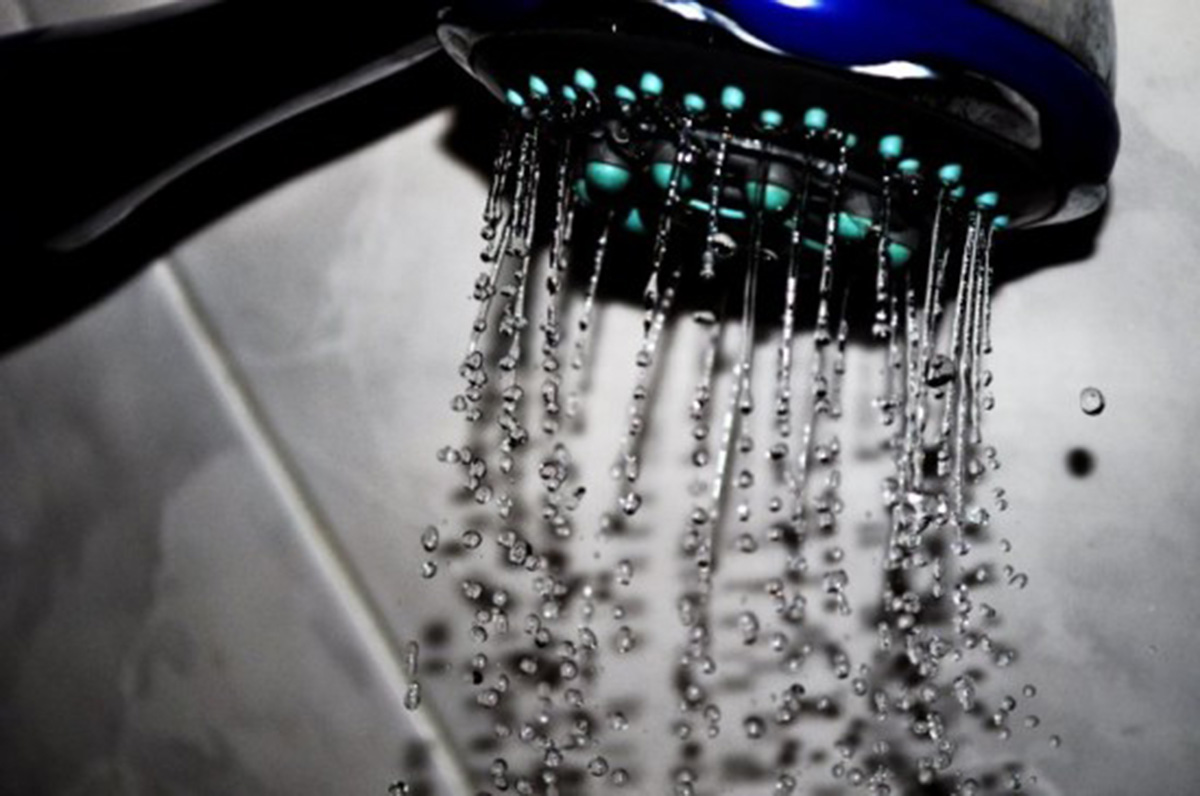Table of Contents
Sometimes the best cure is prevention. A workout doesn’t need to hurt afterwards in order for it to be effective. In fact, pain rarely correlates with performance and results at all, and being sore for a few days after training isn’t necessarily a sign that you’ve had an extra productive workout.

Instead of just trying to cure DOMS, or putting up with it while it makes your life a misery for two to three days, tweak your training routine so you avoid it altogether! Here's how.
6. Avoid Slow Negatives
Most muscle damage occurs during the eccentric, or downward portion of a lift. You’ll find that if you concentrate on lowering the weights much more slowly, and in a controlled fashion, you’ll feel much more sore the next day.
This isn’t an excuse just to drop every rep – the negatives still need to be controlled, but unless you’re training for bodybuilding purposes, or your routine calls for a certain tempo to be used, avoid slow reps.
7. Stick to Your Routine
Many people fail in their quest for bigger muscles, stronger lifts and a leaner body because they’re not consistent enough.
Not only does changing your routine not give your body time to adapt to a new workout schedule and start making gains, it can also lead to excessive muscle soreness and your body thinks you're a noob at exercising every time.
8. Warm up and Cool Down
Don’t just jump straight into your session – take some time to warm up beforehand. This gets the blood flowing round your body, prepares your muscles and joints for training, reduces your risk of injury and means you’re less likely to be sore.
The same goes for post workout.
Read More: Soothing Sore Muscles: Massage Vs. Light Exercise
9. Be Consistent
The people who find they experience the worst post exercise soreness are the ones who have an on-off relationship with the gym. It shouldn't come as a surprise, but those who go through phases of hitting it hard, followed by periods of inactivity get far more sore after workouts than habitual exercisers.
- Delayed Onset Muscle Soreness (DOMS), William Braun, Ph.D., and Gary Sforzo, Ph.D, 2011
- www.acsm.org/docs/brochures/delayed-onset-muscle-soreness-(doms).pdf
- Photo by shutterstock.com
- Photo courtesy of Diaaphoto by Flickr : www.flickr.com/photos/21394878@N04/4378107575/


Your thoughts on this